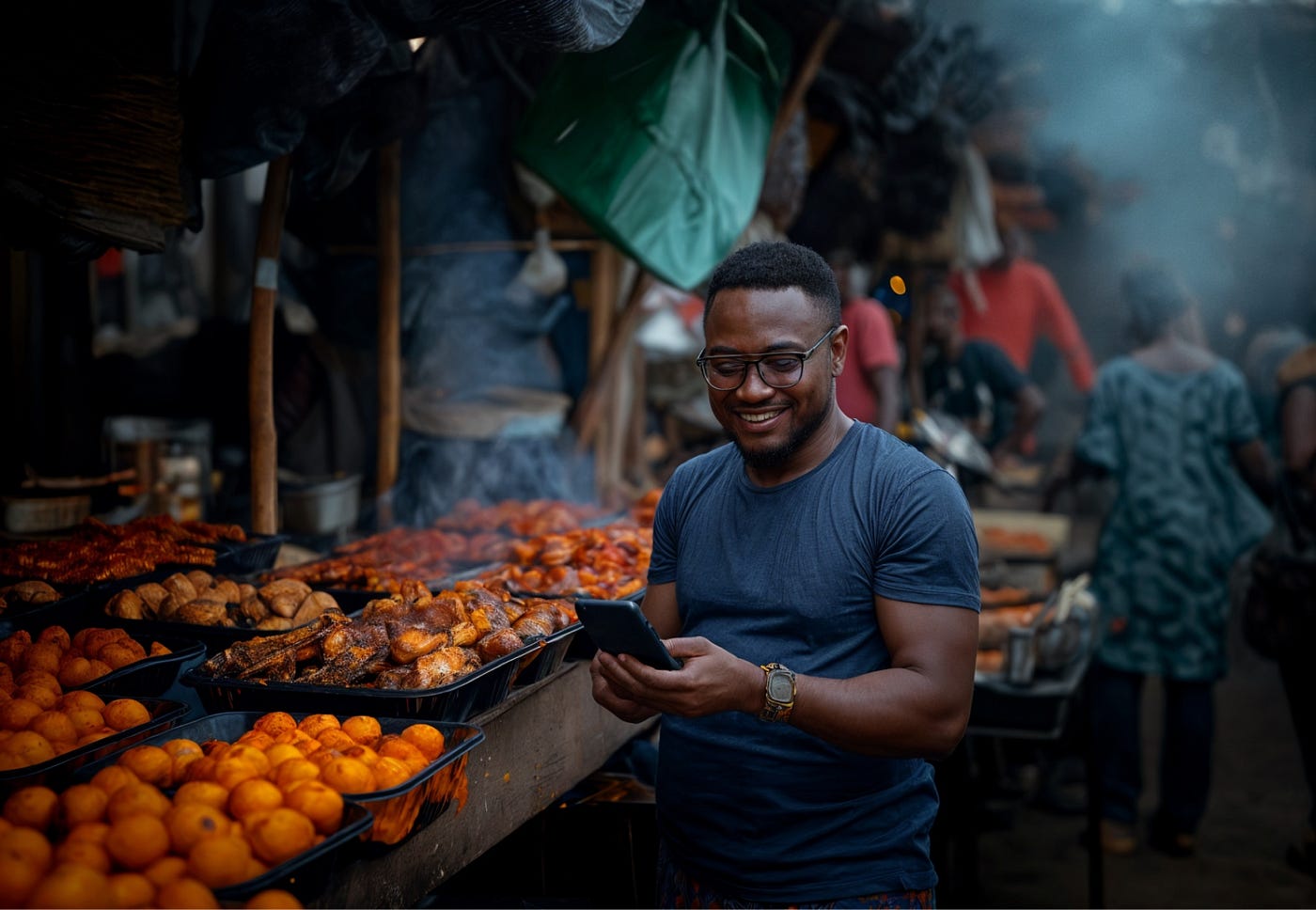Against a backdrop of growing economic dynamism, the outlook for sub-Saharan Africa is promising, but unevenly shared. According to the October 2024 forecasts of the International Monetary Fund (IMF), the wealth generated in the region could reach the equivalent of 15 dollars per day per capita by 2025, adjusted for purchasing power. Yet despite this increase, income inequality and capital flight are undermining the positive impact of this wealth creation.
GDP growth and economic disparities
Based on an estimated gross domestic product (GDP) per capita at purchasing power parity (PPP) of $5,533 per annum for 2025, this figure represents an increase on the $5,161 forecast for April 2024. Although the region is experiencing its eighth consecutive annual increase, the distribution of this wealth remains a challenge. The estimate of 15 dollars a day in PPP terms symbolises what an average inhabitant could theoretically consume, taking into account the cost of living, but contrasts sharply with the reality of millions of people living on less than 2 dollars a day.
The Unequal Distribution of Wealth and its Effects
The increase in average purchasing power masks an inequitable distribution of wealth. Dominated by foreign investment and often inequitable taxation, the sub-Saharan economy is characterised by poor redistribution of profits at national level. Multinational companies, particularly in the mining, oil and infrastructure sectors, repatriate a significant proportion of their profits, leaving little for local development. In addition, taxation systems, such as VAT and excise duties, have a disproportionate impact on the poorest households, accentuating inequalities.
Agriculture, a Majority and Vulnerable Sector
Nearly 56% of the region’s working population is employed in agriculture, a low-profit sector that is often focused on subsistence production. In the absence of processing infrastructure and better logistics chains, direct financial gains remain low, and the low prices of cash crops such as cocoa and coffee further hamper the growth of farm incomes.
Optimising Opportunities for Sustainable Growth
Growth potential remains high in sub-Saharan Africa. With an external debt ratio of 47% of GDP and a projected debt service of $152 billion by 2025, the region still has room to finance essential infrastructure. By investing in energy and local value chains, governments can accelerate economic transformation and retain more wealth for the benefit of local populations.
The Role of International Partners
Support from the IMF and other donors is helping to finance infrastructure and structural reforms. Although this economic transformation presents immediate challenges, it is a crucial lever for inclusive and sustainable development.
In short, while the IMF’s forecasts for 2025 offer an optimistic vision, their real impact will depend on policies aimed at greater redistribution, stronger local infrastructures and greater economic autonomy. These initiatives are essential if we are to transform this wealth creation into an engine for equitable and sustainable development.
The Editor


